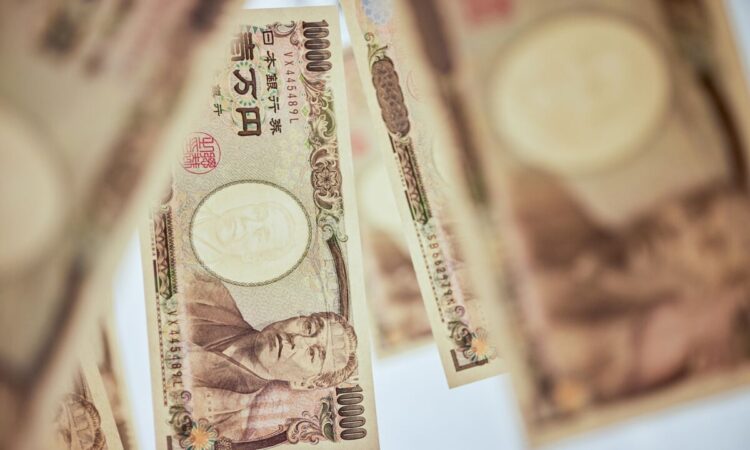
The yen has continued to languish near its historic low versus the dollar, mainly because interest rates in Japan remain much lower than those in the US and elsewhere, diminishing the currency’s relative allure. The downward pressure persists even after the Bank of Japan raised interest rates earlier this week for the first time in 17 years. The yen’s decline has both benefited and harmed the economy, businesses and consumers. Japanese policymakers remain on guard against the possibility they may have to intervene to support the currency, as they did in 2022.
The yen has been the worst performer this year among major currencies against the US dollar, falling more than 6%. That’s mainly because of the wide gap in interest rates between Japan and the US. In a historic move, the BOJ this week ended the world’s last negative rate policy with its first hike in 17 years. Even so, Japan’s new policy rate is by far the lowest in the developed world, at a range of between 0% and 0.1%. Days later, Fed officials left the benchmark federal funds rate in a range of 5.25% to 5.5%. That’s a major gap favoring investments in the US and therefore the dollar.
